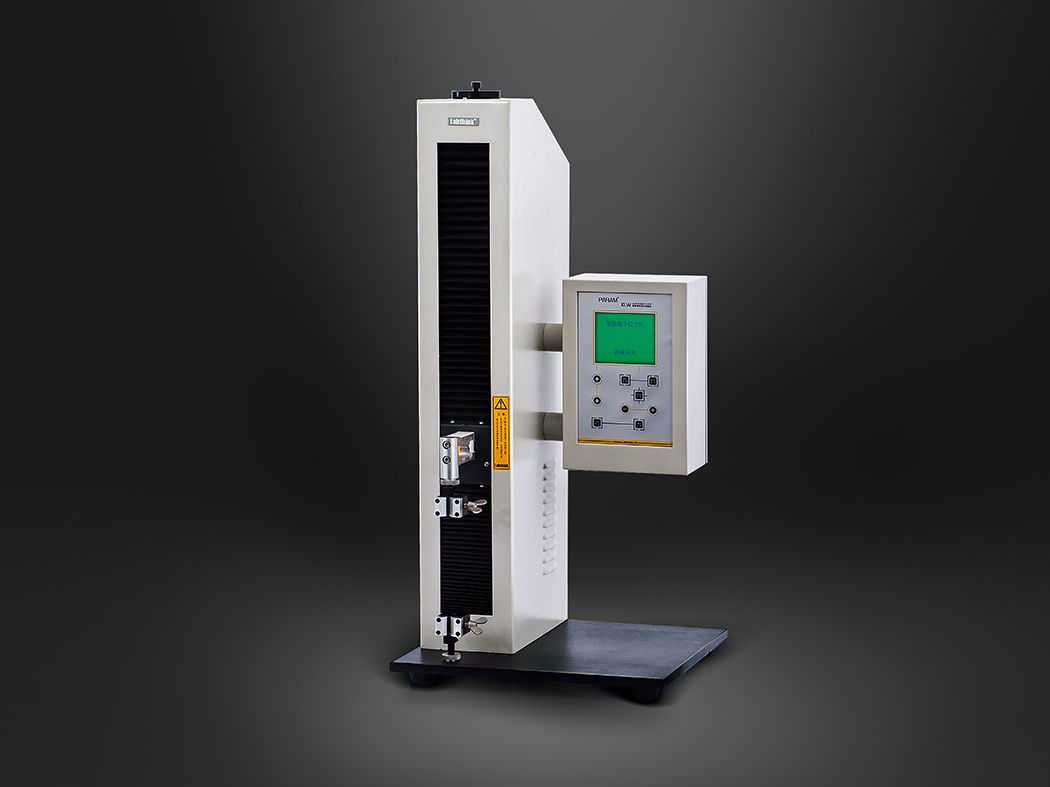Key Metrics Captured by a Tensile Tester
It is important to know the properties of the many different types of materials used in construction for material testing. One such tool in the process is a tensile tester. It also helps evaluate the strength and ductility of the materials, which is notable information for numerous industries across the globe. This article explores the important metrics captured by a tensile tester.
Tensile Strength
Tensile strength is the maximum amount of tensile stress that a material can withstand before failure or breaking. This is key to tensile strength, which measures a material’s ability to withstand tension. Manufacturers can measure tensile strength to check their products’ safety and reliability using a tensile tester. It enables the choice of suitable materials for particular applications and minimises the possibility of failure.
Yield Strength
The yield strength is another important measurement acquired by a tensile tester. It establishes the level of stress at which a material starts to experience permanent deformation. Knowing this property is critical for predicting the performance of a material under stress. The yield strength is important as it indicates how the components will perform under a given stress without creating a yield or failure in the part. Using this information, engineers can foresee the performance of materials in different situations to make the product last longer.
Elongation
Elongation measures how much a material can be stretched until it breaks. This characteristic is the material’s ductility and ability to be deformed extensively. Flexible materials tend to be used more in materials with high elongation values as they absorb more energy. Manufacturers use elongation to design products that can resist bending and twisting without breaking.
Modulus of Elasticity
The modulus of elasticity, also called Young’s modulus, is a value that indicates how much a material stiffens. It describes the relationship between stress and strain in the elastic region of the material. Stiffness is the extent to which a material resists deformation in response to an applied force; thus, high-modulus materials are stiffer and less deformable. For applications that require rigid materials, this data is very important. Engineers use the modulus of elasticity to check that components keep their shape under load.
Breaking Strength
Breaking strength is the maximum stress that can be applied till a material fails. This indicates the maximum load (ultimate load) that can be applied to a material. This forms part of safety assessments to ensure that materials can sustain expected loads during use. Breaking strength is an important metric that manufacturers need to be aware of to avoid product failures that could have catastrophic results for both the product and the end user.
Area Reduction
Area reduction quantifies the extent of the sample’s surface area reduction at the fracture surface. This metric will help determine the material’s ductility and toughness. Higher area reduction indicates reasonable ductility, while lower values indicate brittleness. This is even more important for applications in which materials are subjected to high levels of stress and need to be consistent over time.
Stress-Strain Curve
The stress-strain curve is a graphical representation of how a material responds to stress. It can give us insight into a material’s mechanical properties, such as elasticity, yield point, and failure. This curve allows engineers and designers to determine how materials will respond to different types of loads in the future, helping to choose the right material for the desired product. The stress-strain curve provides fundamental data for understanding material behaviour in material science.
Practical Applications
Tensile testing has a critical role in several industries, and thus, it is not limited to the laboratory. It ensures that construction materials can bear stress and environmental conditions. Tensile testing is also used during the automobile manufacturing process to ensure that its parts are capable of withstanding the stresses experienced in service. This testing is vital for the aerospace sector to ensure that the materials meet extremely high safety standards. In all these field environments, tensile testing supports quality assurance and innovation.
Quality Assurance
Tensile testing is a part of quality assurance and is essential in production. Capturing key metrics allows manufacturers to stay on par with high standards and ensure the safety of the product. Testing and examination constantly omit the potential of failures and recalls, thereby making it necessary for manufacturers who develop a new product to do so regularly and give strict verification that there are no defects. Companies can save a lot of time, money, and effort, and they can safeguard their reputations with this proactive approach.
Conclusion
A tensile tester records key parameters that aid in understanding the behaviour of materials. Whether it’s tensile strength or stress-strain curves, these metrics influence decision-making across industries. Tensile testing gives valuable information on the behaviour of material that is critical to a product’s safety, durability, and performance. By embodying these insights, companies build high-quality, reliable products that will suit various application requirements.








Post Comment